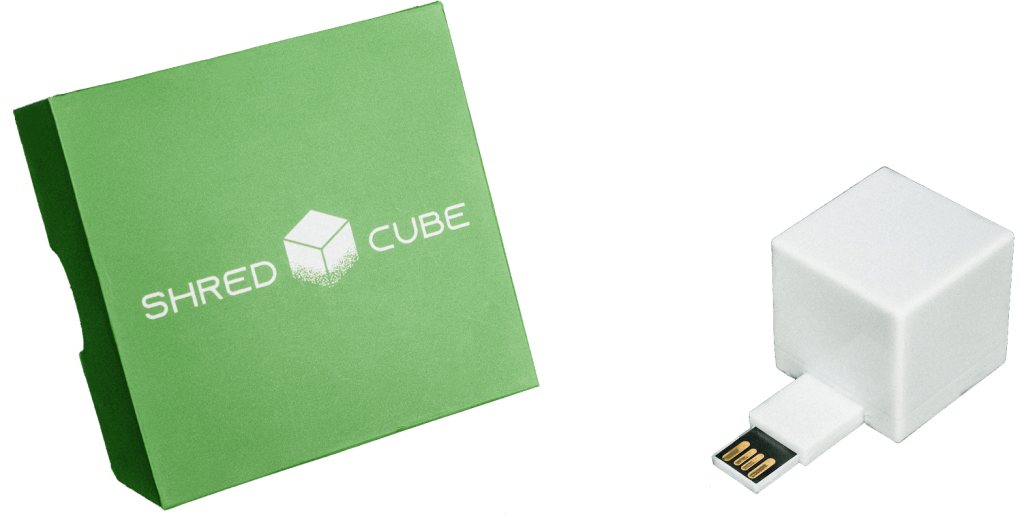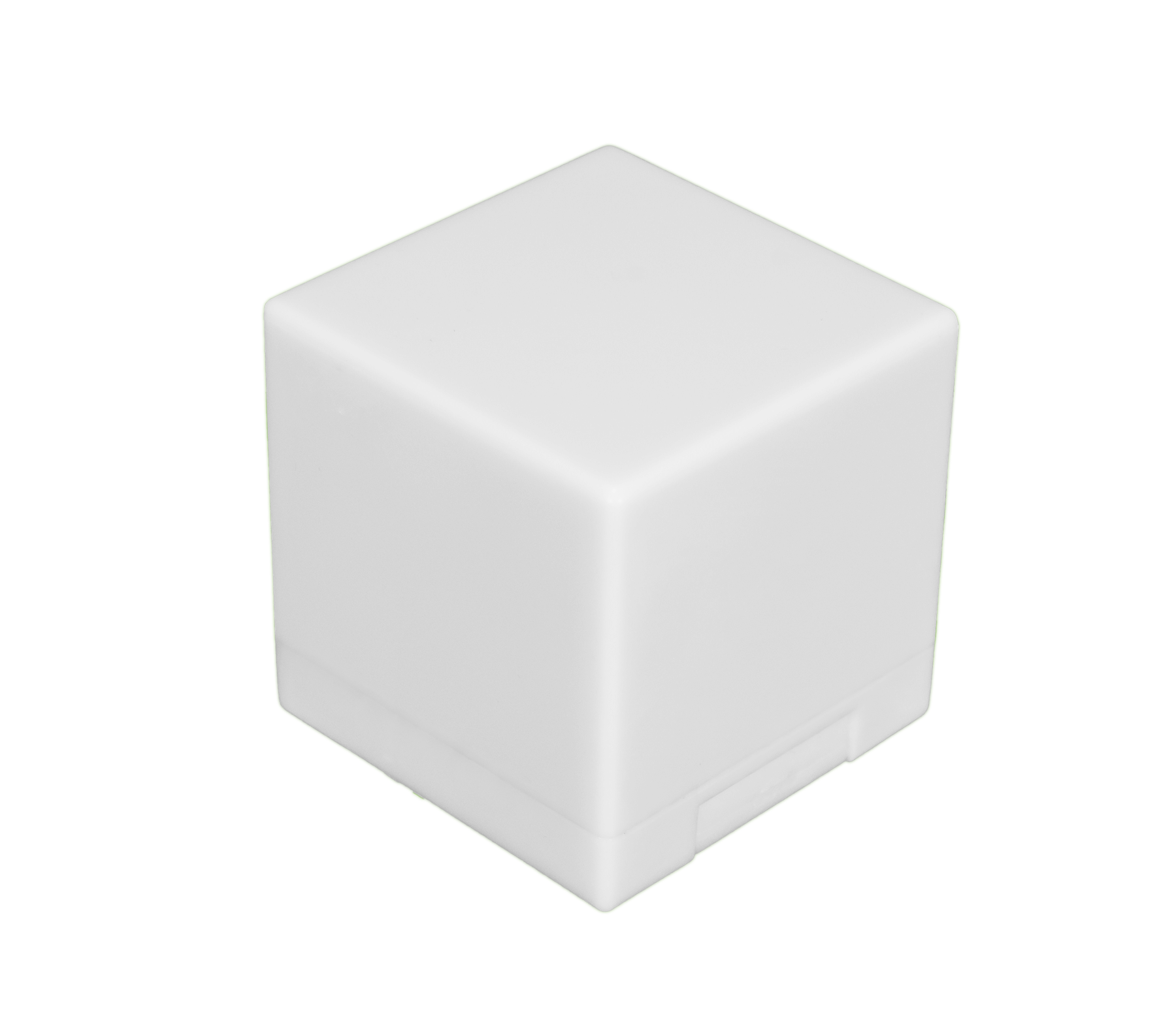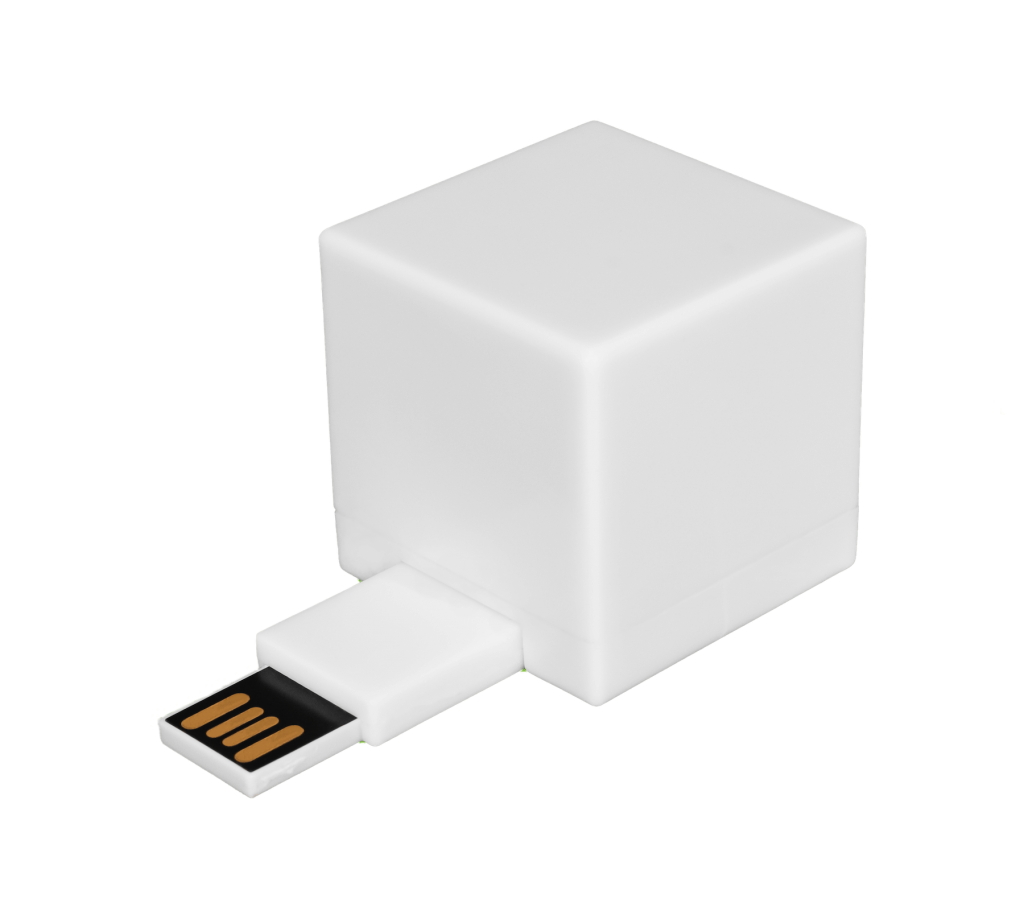Your antivirus or anti-malware software pops up a big alert message that reads, “Heuristic Virus Found.” You get that sinking feeling that comes with knowing you have a piece of malicious code on your machine, but you may have no idea what a heuristic virus is.
Is it some kind of super virus that requires a named alert? Or is it a family of viruses that are deemed worthy of their own popup? The answer is both — and neither. It’s complicated.
Here’s everything you need to know about heuristic viruses, how to detect and disable them, and how to prevent them from happening in the first place.
What Is A Heuristic Virus?
The term “heuristic virus” can be a little misleading, so here are some basic facts to clear up any confusion associated with it:
- Heuristics is a form of analysis that many anti-malware and antivirus programs use to detect viruses.
- The word “heuristic” comes from the Greek word heurisko, which means to find out or discover.
- During the early days of virus detection, antivirus programs used signature detection to help them scout out viruses and malware.
- Signature detection compares the code of potential viruses on your computer with a ledger of known viruses.
While this form of antivirus is fast and accurate when dealing with known viruses, it doesn’t help protect against any unknown ones. Unfortunately, most viruses are new.
- In fact, there are over 300 million new viruses created each year, which means around 1 million new pieces of malware are coded daily.
- With hackers attacking every 39 seconds and such a massive pool of new threats, antivirus and anti-malware programs can’t rely on known ledgers anymore.
- They have to predict viruses, and that’s exactly what heuristics does.
Instead of looking for known viruses, heuristic analysis detects code that contains suspicious characteristics. This means that heuristic analysis doesn’t have to look for known viruses; it simply has to identify code that appears malicious due to its architecture.
In other words, the term heuristic virus doesn’t usually refer to a type of virus, but a method of detecting one that doesn’t exist on a ledger. It is instead a new type or mutation of virus that your computer has identified.
Clean Your Computer in Minutes, not hours...
The Shred Cube wipes your unwanted computer files, that you choose, in minutes. Try it for yourself.
Get The Shred CubeIs There Such A Thing As A Heuristic Virus?
Yes! Typically, heuristic virus refers to a virus found by heuristics, but there is a virus that’s nickname is “the heuristic virus.” Heur.Invader is a type of malware that can install programs onto your computer remotely, change antivirus settings, and disable security software. This virus earns its name by directly attacking heuristic antivirus programs.
How To Identify And Stop A Heuristic Virus
The steps to contain a heuristic virus are similar to other viruses. They include:
- Boot into safe mode.
Whenever you’re dealing with a virus, it’s a good idea to boot into safe mode. The feature allows you to run and browse your operating system in a limited capacity, which prevents files from being run — often including viruses.
To boot into safe mode on a PC:
- Type Settings into the Search Bar.
- Select Update & Security.
- Select Recovery.
- Under Advanced Startup, select Restart Now.
- Your computer will reboot to the “Choose an Option” screen.
- From here, select Troubleshoot.
- Select Advanced Options.
- Select Startup Settings.
- Select Restart.
- Delete temporary files.
After you boot into safe mode, you want to delete the files in your “temporary” folder. This is where your computer automatically stores small files it has downloaded from the internet. Often, this is where viruses and malware hide.
To delete temporary files on a Windows computer:
- Type %temp% into the Search Bar.
- Select all files in the temp folder.
- Delete the files.
- Install anti-malware and/or antivirus software.
Now that your temp files are deleted, you need an antivirus program. If you’re running Safe Mode with networking enabled, you can find and download an antivirus program in Safe Mode. Otherwise, you may need to reboot and download the program. - Contain the virus.
Run your antivirus software. It should detect the virus and give you a prompt to contain it (if not, try a different antivirus or anti-malware solution.) Unlike deletion, containment puts the malicious software in a state of purgatory. This is usually ideal, since the act of deletion may trigger the virus to take extreme measures to stay on your system.
Note: For Mac “Safe Mode” instructions, click here. For instructions on how to delete temp files on Mac computers, click here.
If you are dealing with Heur.Invader, you may need to take additional precautions. For starters, Heur.Invader may have corrupted your antivirus software, so you’ll need to reinstall yours in safe mode to clear out malicious settings. You should then run your antivirus while in safe mode to scout out the location of Heur.Invader, which may be disguised under multiple names.
5 Tips To Prevent Viruses In The Future

The easiest way to “eliminate” viruses is to never get them in the first place. Prevention is always the best medicine. Here are a few steps to help you keep your Mac or Windows PC free of viruses, malware, worms, and Trojans:
- A.B.W (Always Be Wary)
The internet is filled with clickable content, But you should think before you make that oh-so-tempting click. Do you know the person that sent that email attachment? Does that website URL look suspicious? Are you sure that program looks safe to download? Always err on the side of caution, because every click has the very real potential to infect your computer. - Keep your software updated
55 percent of software on people’s computers is outdated, but keeping your operating system and security software up-to-date is critical. Remember, there are hundreds of thousands of new threats every day. Patches are your only defense against innovative and nefarious threat actors. - Run regular scans
Most antivirus or anti-malware software has the option to regularly scan your computer for viruses. You should enable this feature to keep threats at bay. - Keep personal information secured and deleted
When threat actors install viruses or malware, they’re usually looking for one thing: your data. By shredding personal data (with a tool like ShredCube), you can permanently delete that data from your system. This protects you if your other fail-safes fall through. - Use strong passwords
According to Microsoft, enabling two-factor authentication (i.e., combining a password with another method of entry like an email or text) prevents 99.9% of hacks.
Heuristic viruses are often simply viruses detected by a heuristic virus detection platform, but the very real Heur.Invader is becoming increasingly prevalent in the threat landscape. Threat actors are constantly developing new malware and hundreds of thousands of brand-new pieces of malicious code pop-up every day. Always practice caution, and always delete personal data to keep it out of threat actors’ greedy hands.
The Internet is Filled With Threats. Have any questions about heuristic viruses? Contact Shred Cube today to speak with an expert about any heuristic virus-related questions you might have, and to learn more about how a permanent digital file shredder can help you keep your personal and professional data safe.












